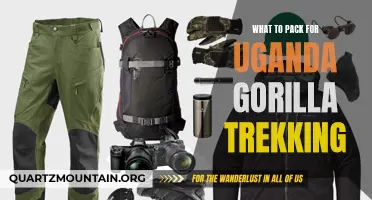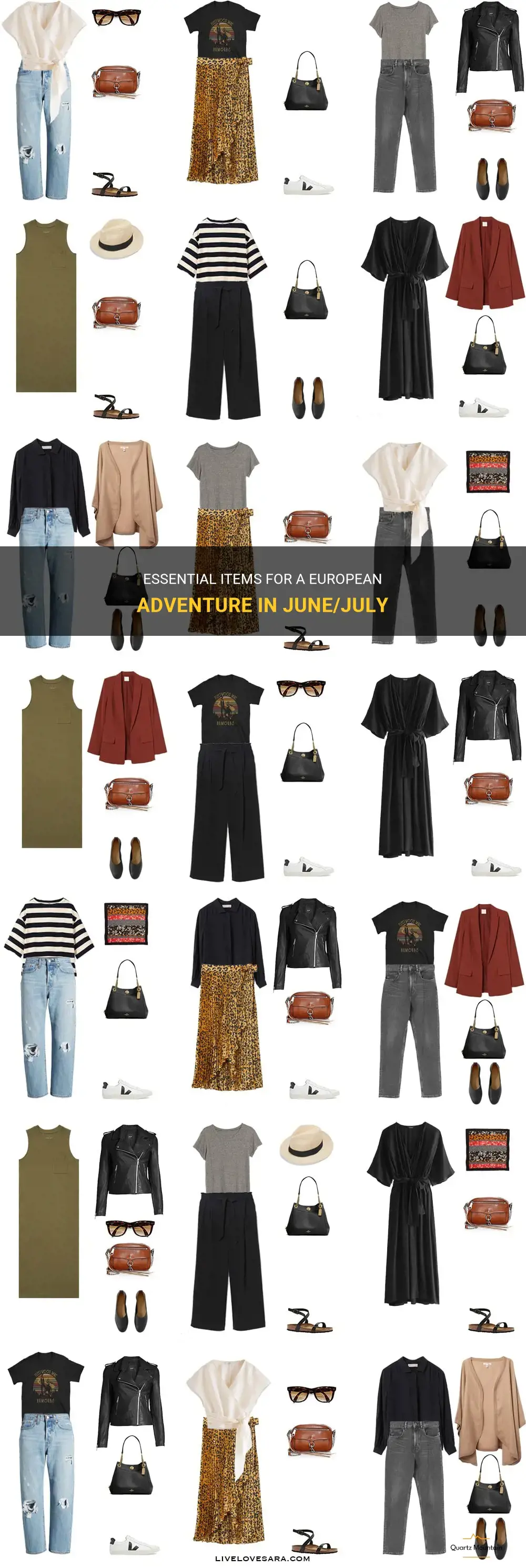
Planning a European adventure in June or July? Get ready for breathtaking landscapes, vibrant city streets, and unforgettable experiences. As you prepare for your trip, it's essential to have the right items to make your journey smooth and enjoyable. From lightweight clothing to versatile shoes, we've curated a list of must-have essentials that will ensure you're equipped for any European excursion. So pack your bags and get ready to embark on the adventure of a lifetime!
What You'll Learn
- What are the essential items to pack for a trip to Europe in June and July?
- What clothing should I bring for the varying weather conditions in Europe during this time?
- Are there any specific items I should pack for activities such as hiking or beach visits in Europe during June and July?
- What type of footwear is recommended for exploring European cities and countryside during this time of year?
- Are there any travel essentials or must-haves that I should not forget to pack for a trip to Europe in June and July?

What are the essential items to pack for a trip to Europe in June and July?
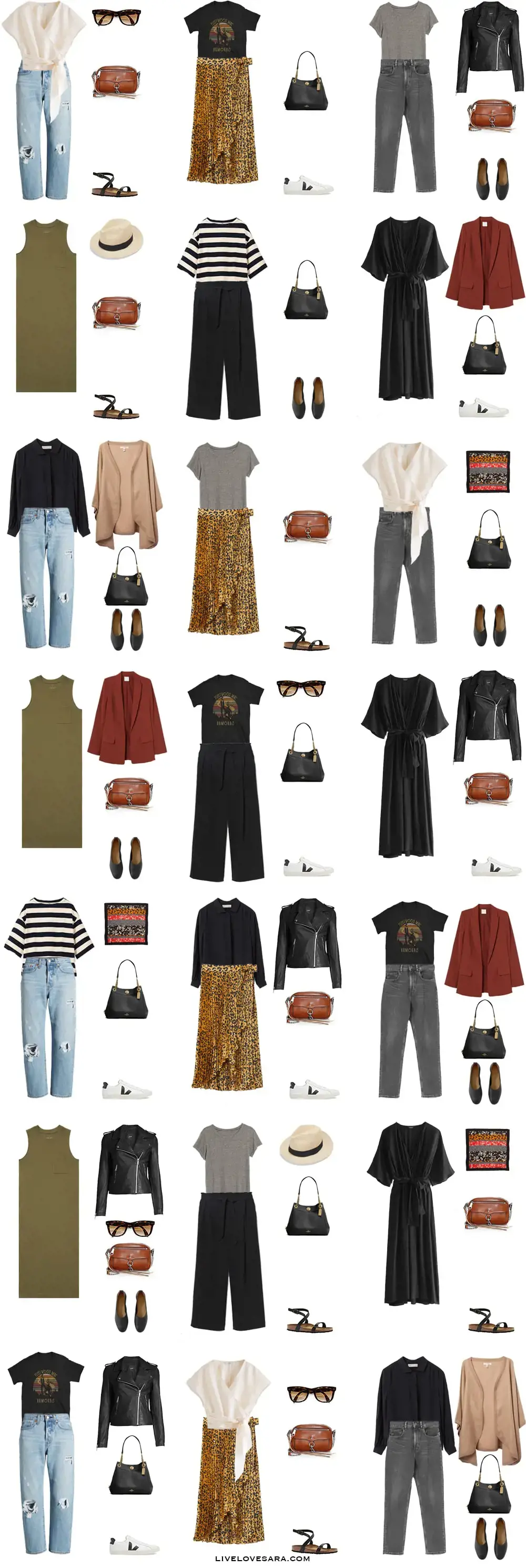
When planning a trip to Europe in June and July, it's important to pack the right essentials to ensure a comfortable and enjoyable journey. These months are typically characterized by warm weather and longer days, but it's still important to be prepared for any weather changes or unexpected situations. Here are some essential items to consider packing for your trip to Europe during this time:
- Lightweight clothing: Since June and July are summer months in Europe, it's best to pack lightweight clothing that is comfortable and breathable. Opt for items such as shorts, skirts, t-shirts, and dresses made of cotton or linen fabric. These materials will help you stay cool even in warmer temperatures.
- Comfortable walking shoes: Europe is known for its cobblestone streets and walking tours, so it's crucial to pack a pair of comfortable shoes. Choose sneakers or sandals that provide good support and cushioning to prevent any discomfort or blisters during long walks.
- Rain gear: While the summer months are generally dry in Europe, it's always wise to pack a lightweight rain jacket or umbrella. Sudden rain showers can occur, especially in certain regions like the United Kingdom, so it's better to be prepared.
- Sun protection: The sun can be quite strong during these months, so don't forget to pack sunscreen with a high SPF, sunglasses, and a hat. Protecting your skin and eyes from harmful UV rays is essential, especially if you plan on spending a lot of time outdoors.
- Power adapters: Europe uses different types of power outlets and voltage standards than other parts of the world. It's important to pack a universal power adapter to charge your electronics and ensure they work properly during your trip.
- Travel-sized toiletries: To lighten your load, consider packing travel-sized toiletries such as shampoo, conditioner, body wash, and toothpaste. Many hotels in Europe also provide these items, so you may not need to bring full-sized bottles.
- Travel documents: Don't forget to bring all your necessary travel documents, including your passport, visas (if required), travel insurance, and copies of your reservations. It's also a good idea to have digital copies of these documents stored on your phone or email, in case of any loss or theft.
- Money and credit cards: It's always advisable to carry a combination of cash and credit cards while traveling in Europe. Many places accept card payments, but having some cash on hand is useful for smaller establishments and emergency situations.
- Portable charger: With the amount of time spent exploring and taking photos, it's easy for your phone's battery to drain quickly. Packing a portable charger will ensure that you can charge your devices on the go and never miss capturing those memorable moments.
- First aid kit: Although Europe has excellent healthcare facilities, it's still wise to pack a basic first aid kit. Include items such as band-aids, antiseptic cream, pain relievers, and any necessary prescription medication.
Remember to check the specific climate and weather forecast for the regions you will be visiting in Europe. This will help you pack accordingly and ensure you are prepared for any unexpected weather changes. By packing these essential items, you'll have a comfortable and worry-free trip to Europe in June and July.
Essential Items to Pack for a Trip to Bahamas
You may want to see also

What clothing should I bring for the varying weather conditions in Europe during this time?

When traveling to Europe during any season, it is important to consider the varying weather conditions that you may encounter. Europe has a diverse climate, and depending on the countries you plan to visit, you may experience everything from hot summer days to chilly autumn evenings. Packing the right clothing is essential to ensure your comfort and enjoyment during your trip. Here are some tips on what clothing to bring for the different weather conditions in Europe during this time.
Layers are key:
One of the most important things to remember when packing for Europe is to bring clothes that can be layered. This is because the weather can change quite dramatically throughout the day. For example, a summer day in Paris may start off cool in the morning, heat up during the day, and cool down again in the evening. By layering your clothing, you can add or remove layers as needed to stay comfortable.
Lightweight and breathable fabrics:
Since Europe experiences warm summer weather, especially in Mediterranean countries, it is wise to choose lightweight and breathable fabrics for your clothing. Cotton and linen are great options as they allow air to flow through, keeping you cool and preventing excessive sweating. Avoid heavy fabrics such as wool or thick synthetics, as they can trap heat and make you uncomfortable.
Pack a mix of short and long-sleeved tops:
To cater to the varying temperatures during your trip, pack a mix of short and long-sleeved tops. This way, you can easily adapt to the different weather conditions. For example, a short-sleeved t-shirt may be perfect for a hot summer day, while a long-sleeved blouse can provide extra warmth in the evenings or on cooler days.
Don't forget a light jacket or cardigan:
Even in the summer months, there may be times when you'll need a light jacket or cardigan. This is especially true if you plan to visit northern European countries or higher-altitude regions, where temperatures can be cooler. A lightweight jacket or cardigan can provide just the right amount of warmth without being too bulky.
Comfortable walking shoes:
Exploring European cities often involves a lot of walking, so it is crucial to pack comfortable shoes. Opt for shoes that provide good support and cushioning, such as sneakers or walking shoes. It's also a good idea to pack a pair of sandals or flip-flops for warmer days or beach visits.
Rain gear:
Don't forget to pack some rain gear, as showers can occur throughout the year in many European countries. A compact and lightweight raincoat or an umbrella should suffice. It is always wise to check the weather forecast before you travel to ensure you are prepared for any rainy days.
For example, if you plan to travel to Europe in September, you will encounter a mix of summer and autumn weather. In Southern Europe, such as Italy or Greece, you can expect warm and sunny days with temperatures ranging from 20-30°C (68-86°F). It's a good idea to pack shorts, t-shirts, dresses, and a swimsuit for this region. However, keep in mind that evenings can be cooler, so bring some light sweaters or long sleeves for the nights.
In Northern Europe, such as the United Kingdom or Scandinavia, September can be quite cool and damp. Temperatures will range from 10-20°C (50-68°F), and rainy days are common. It's important to pack a mix of long-sleeved tops, lightweight jackets, jeans, and a waterproof coat for this region. Don't forget to bring comfortable shoes for walking, as you are likely to explore cities and countryside areas.
By following these tips and considering the specific weather conditions of the countries you plan to visit, you can ensure that you pack the right clothing to stay comfortable throughout your trip to Europe. Remember to check the weather forecast before you go and adapt your packing list accordingly. Enjoy your travels!
Essential Items to Pack in Your Labour Bag: A Comprehensive Guide
You may want to see also

Are there any specific items I should pack for activities such as hiking or beach visits in Europe during June and July?
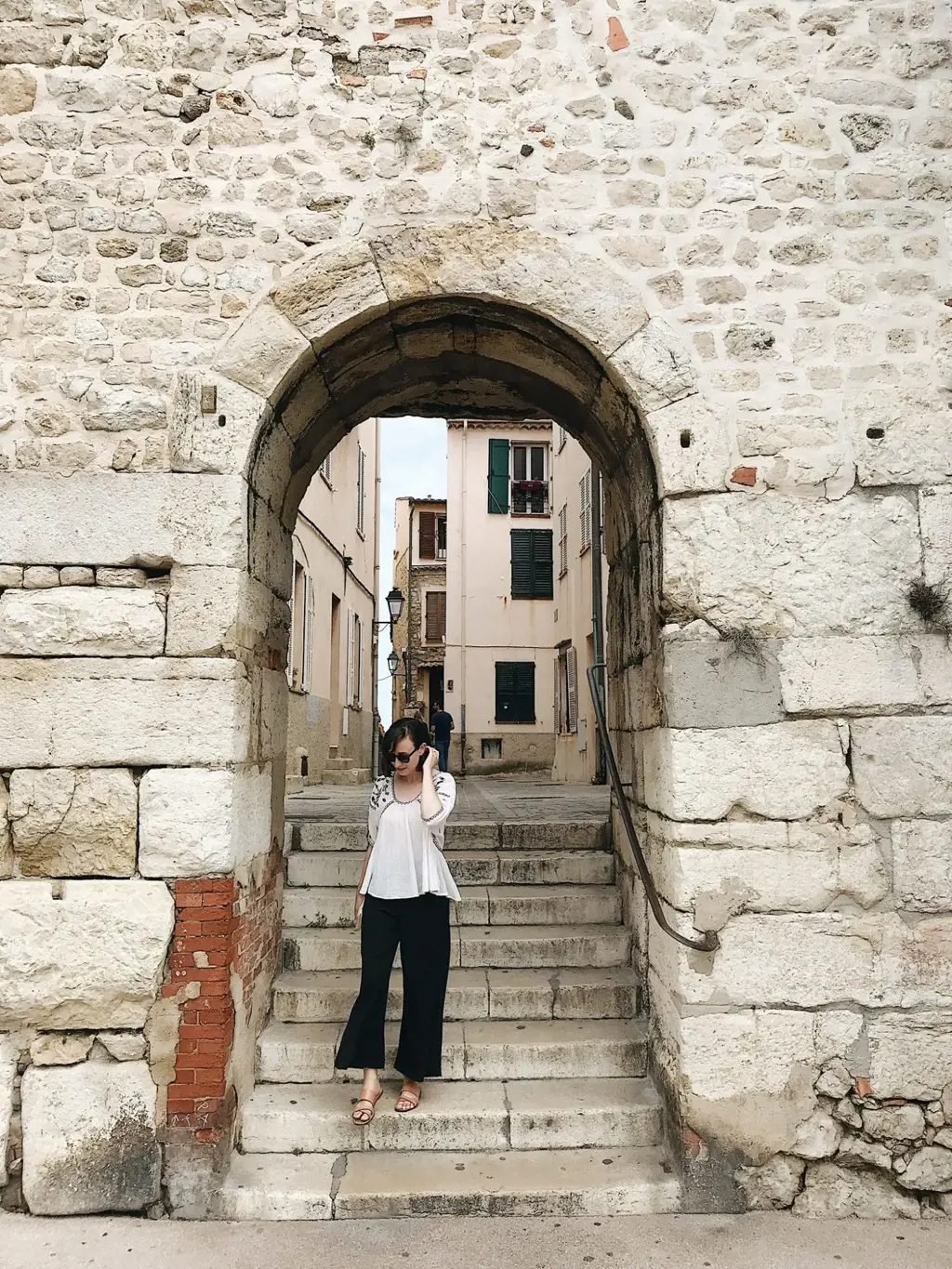
When traveling to Europe during June and July, there are a few specific items you should pack for activities such as hiking or beach visits. Here are some essential items to consider packing to ensure you have a comfortable and enjoyable experience.
Hiking Gear:
If you plan on hiking in Europe during the summer, it's important to pack appropriate gear. This includes sturdy hiking boots, moisture-wicking socks, and lightweight, breathable clothing. Be sure to bring a hat to protect yourself from the sun, as well as sunglasses and sunscreen. Consider carrying a lightweight backpack to store water, snacks, and other essentials.
Layered Clothing:
Europe's weather can be quite unpredictable, so it's essential to pack layered clothing. While temperatures may be warm during the day, they can drop significantly in the evenings. Take a variety of light layers, such as T-shirts, long-sleeve shirts, cardigans, and lightweight jackets. This will allow you to adjust your clothing according to the weather conditions.
Swimwear and Beach Essentials:
If you plan to visit the beach, make sure to pack swimwear and beach essentials. The sun in Europe can be quite strong, so be sure to bring sunscreen, a beach towel, and a wide-brimmed hat. Depending on your preference, you may also want to pack a beach umbrella or a beach mat for additional comfort. Don't forget to bring a cover-up or a light beach dress for when you are not in the water.
Water Bottle:
Staying hydrated is crucial, especially when engaging in outdoor activities. A reusable water bottle can come in handy during hikes or beach visits. Look for a bottle that is lightweight and easy to carry. Some bottles even have insulating properties to keep your drinks cool in hot weather.
Insect Repellent:
In Europe, particularly in wooded or coastal areas, you may encounter insects like mosquitoes and ticks. To protect yourself from bug bites, pack an insect repellent containing DEET or other recommended ingredients. Applying the repellent can help minimize the risk of insect-borne diseases during your outdoor adventures.
Footwear for the Beach:
For beach visits, it's important to pack appropriate footwear. While flip-flops are suitable for sandy beaches, they may not be ideal for rocky or pebbly shores. Consider bringing water shoes or sturdy sandals that provide protection and traction. This way, you can explore different types of beaches without worrying about discomfort or injuries.
Navigation Tools:
If you plan on hiking or exploring unfamiliar areas, it's helpful to have navigation tools. While a GPS device or smartphone can be useful, it's also wise to carry a physical map of the region. This way, you can track your location even if you don't have access to a cellular network. Investing in a compact compass may also prove beneficial in case of any navigation challenges.
Remember to check the weather forecast before your trip to pack accordingly. It's always a good idea to pack versatile clothing and footwear that can accommodate changing weather conditions. With these essential items, you'll be well-prepared for your hiking adventures and beach visits in Europe during June and July.
Pack Smart: Essential Items for a 3 Day Canoe Trip
You may want to see also

What type of footwear is recommended for exploring European cities and countryside during this time of year?
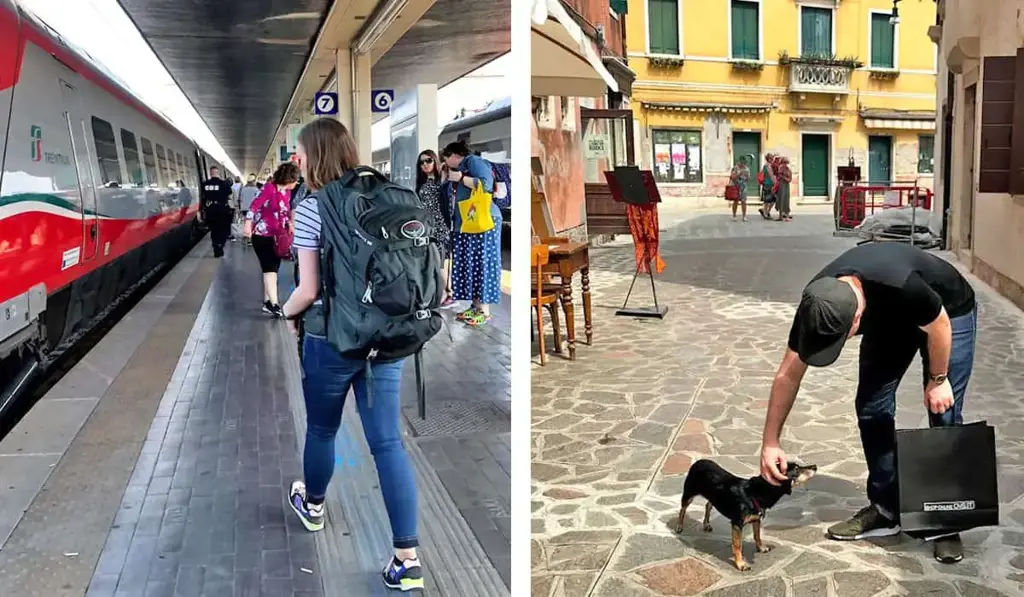
When exploring European cities and countryside during this time of year, it is important to consider the type of footwear you will be wearing. The right footwear can make a huge difference in terms of comfort, safety, and overall experience. Here are some recommendations for the best type of footwear to wear in European cities and countryside:
- Sneakers or Walking Shoes: Sneakers or walking shoes are a versatile option that provide comfort and support for long walks and sightseeing. Look for shoes with good traction and cushioning to prevent foot fatigue and provide stability on uneven terrain. Opt for breathable materials to keep your feet cool on hot days.
- Hiking Boots: If you plan on doing any hiking or walking on rough terrain, investing in a pair of sturdy hiking boots is a good idea. Hiking boots offer ankle support, protection against rocks and roots, and are designed to withstand the elements. Look for boots with a good grip on the sole for added traction.
- Sandals: For hot summer days, a pair of comfortable sandals can be a good choice. Look for sandals with adjustable straps, arch support, and cushioned footbeds for maximum comfort. However, keep in mind that sandals may not be suitable for all types of activities or terrains, and they may not provide the necessary protection for your feet.
- Waterproof Shoes: If you are visiting during a rainy season or expect to encounter wet and muddy conditions, it is wise to invest in a pair of waterproof shoes. Waterproof shoes will keep your feet dry and protected from the elements, avoiding discomfort and potential foot problems. Look for shoes with a waterproof membrane or treated material to ensure proper waterproofing.
- Comfortable Dress Shoes: If you plan on going out for a nice dinner or attending a more formal event, it is essential to have a pair of comfortable dress shoes. Look for shoes with padded insoles and arch support to ensure comfort during long periods of standing or walking. Opt for shoes made from breathable materials to prevent your feet from sweating.
In addition to choosing the right type of footwear, it is crucial to take care of your feet while exploring European cities and countryside. Here are some essential tips to keep your feet happy and healthy:
- Wear Moisture-Wicking Socks: Moisture-wicking socks are designed to keep your feet dry by drawing moisture away from your skin. This can help prevent blisters and keep your feet cool and comfortable.
- Break-in New Shoes: If you are planning on buying new shoes for your trip, make sure to break them in before your departure. Wear them around your house or on shorter walks to avoid blisters and discomfort during your travels.
- Keep Your Feet Clean and Dry: Make sure to wash and dry your feet thoroughly every day. This helps prevent any fungal or bacterial infections and reduces the risk of developing foot odor.
- Pack Band-Aids and Moleskin: It is always a good idea to carry some band-aids and moleskin in your bag. These can be used to protect any areas that may be prone to rubbing or to prevent blisters from forming.
Remember, each person's preferences and needs may vary, so it is essential to choose footwear that suits your individual comfort and activity level. Consider the terrain, weather conditions, and activities you have planned when selecting the most appropriate footwear for your European adventure. Taking the time to choose the right shoes and taking care of your feet will ensure a more enjoyable and comfortable experience.
What to Pack for Your Stay at Caboolture Hospital's Maternity Ward: A Comprehensive Checklist
You may want to see also

Are there any travel essentials or must-haves that I should not forget to pack for a trip to Europe in June and July?
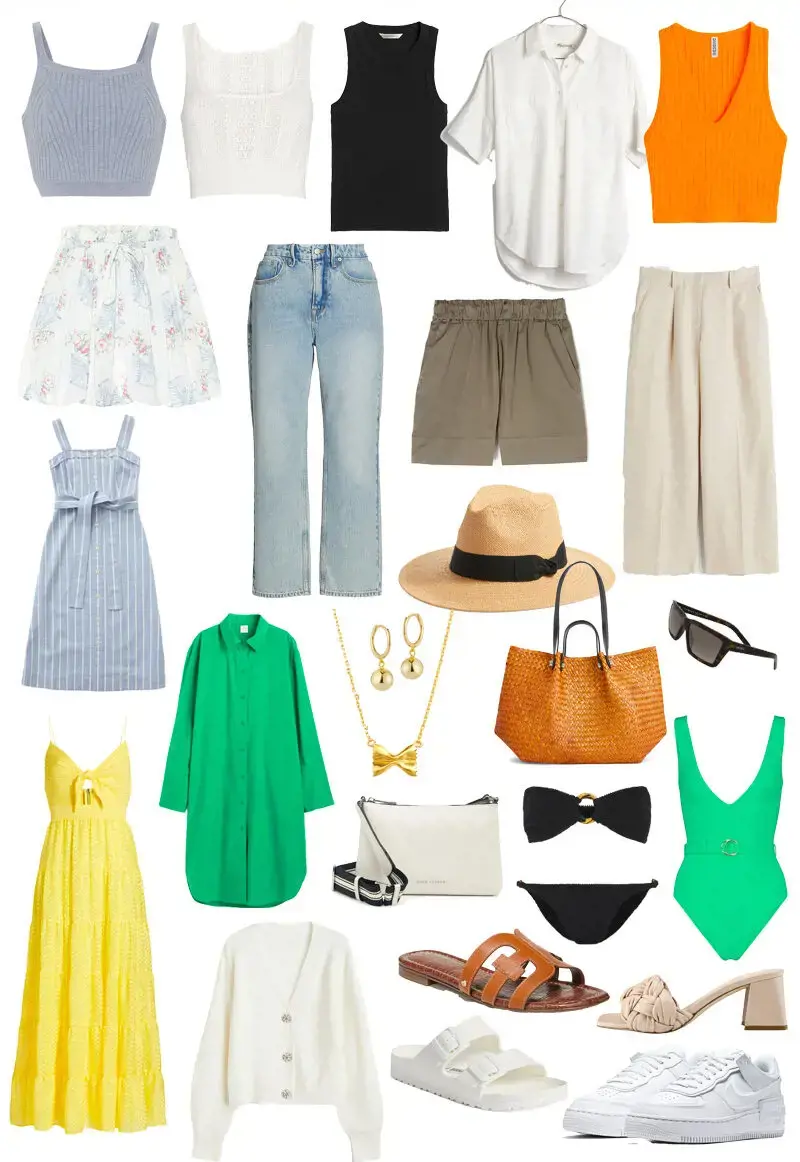
When planning a trip to Europe in the summer months of June and July, it's important to pack the right essentials to ensure a comfortable and enjoyable experience. Here are some must-haves that you should not forget to pack for your trip:
- Lightweight clothing: Europe can get quite hot during the summer, so it's essential to pack lightweight clothing that is breathable and comfortable. Opt for fabrics such as cotton or linen that will keep you cool in the heat.
- Sunscreen: The sun can be quite strong in Europe during the summer, so make sure to pack a high SPF sunscreen to protect your skin from the harmful rays. Don't forget to apply it regularly, especially if you plan on spending a lot of time outdoors.
- Comfortable walking shoes: Europe is known for its beautiful cobblestone streets and historic sites, so it's important to pack a pair of comfortable walking shoes. Choose shoes that provide good arch support and cushioning to keep your feet happy as you explore the cities.
- Adaptor plug: Europe uses different types of electrical outlets than other parts of the world, so it's important to pack an adaptor plug to charge your electronic devices. You can either get a universal adaptor plug that works in multiple countries or research the specific type of plug used in the countries you'll be visiting.
- Travel insurance: It's always a good idea to have travel insurance when going on a trip, especially to a foreign country. This will protect you in case of any unexpected events, such as medical emergencies or trip cancellations. Make sure to research and purchase a comprehensive travel insurance plan before your trip.
- Travel documents: Don't forget to pack all your necessary travel documents, including your passport, visa (if required), travel itinerary, and any other relevant documents. It's also a good idea to make copies of these documents and keep them in a separate place in case of loss or theft.
- Money and credit cards: Europe uses the Euro as its currency, so make sure to have some cash in hand for small expenses. It's also a good idea to have a credit card that can be used internationally for larger purchases. Inform your bank about your travel plans to avoid any issues with your cards while abroad.
- Travel-sized toiletries: To save space in your luggage, pack travel-sized toiletries such as shampoo, conditioner, toothpaste, and body wash. Keep in mind that many hotels in Europe provide basic toiletries, so you may not need to pack everything.
- Daypack or tote bag: A small daypack or tote bag is perfect for carrying your essentials while you're out exploring. It can hold items such as your camera, water bottle, snacks, and a lightweight jacket in case the weather changes.
- Medications and first aid kit: If you take any prescription medications, make sure to pack enough for the duration of your trip. It's also a good idea to carry a basic first aid kit with band-aids, pain medication, and any other necessary supplies.
By packing these travel essentials, you'll be prepared for a comfortable and enjoyable trip to Europe in the summer months. Remember to also research the specific climate and cultural norms of the countries you'll be visiting to pack accordingly. Happy travels!
Essential Items to Pack for a Terrific Trip Experience
You may want to see also
Frequently asked questions
In June and July, Europe tends to have warm weather, so it's best to pack lightweight and breathable clothing. Opt for items such as t-shirts, shorts, sundresses, skirts, and lightweight pants. Don't forget to pack a light jacket or cardigan for cooler evenings or unexpected rain showers.
It's important to pack comfortable footwear for Europe in June and July, as you'll likely be doing a lot of walking and exploring. Opt for a comfortable pair of walking shoes or sneakers, as well as sandals or flip flops for warmer days. It's also a good idea to pack a pair of dressier shoes if you plan on dining out or attending any events that require a more polished look.
When visiting churches or religious sites in Europe, it's important to adhere to their dress codes, which often require modest attire. Pack clothing that covers your shoulders and knees, such as a lightweight cardigan or shawl to cover your shoulders and a longer skirt or pants. It's also a good idea to bring a scarf or pashmina to use as a head covering if necessary.
In addition to clothing, there are a few essential items that you should pack for your trip to Europe in June and July. These include sunscreen to protect your skin from the sun's rays, a hat to shield your face from the sun, a reusable water bottle to stay hydrated, and a travel adapter to charge your electronics. Don't forget to also pack any necessary medication, a small first aid kit, and a money belt or secure purse to keep your belongings safe while exploring.


